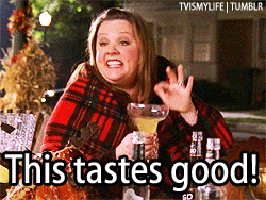More Betterness
Well-Known Member
So being my favorite style, I've brewed more ipas than any other beer, but have yet to brew one that I've been completely happy with. I've made plenty of "good" ipas, but havent really nailed one despite multiple technical adjustments and procedural changes.
The biggest issue is a dull/muddled hop aroma and flavor. Hop aroma and flavor are very apparent in our beer, but lack the brightness and clarity apparent in commercial examples, instead coming across as monotone and muddled.
We are building water from scratch to style, using fresh vacuum sealed hops, are heavily hop standing and dry hopping, and after a healthy fermentation purge everything the beer touches with CO2 (Dry hop in purged keg, and transfer to purged serving keg under pressure). The only thing we haven't done is start monitoring ph (thought our water adjustment would keep it in line) so will more than likely give that a go next brew.
Anyways, was wondering if you guys had advice regarding ph targets in the mash, sparge, boil, and finished beer for IPAs specifically? Also if there is any other part of the process that we are missing that could be detrimental to the beer?
Sick of brewing great beer in every other style we try and having such issues with IPAs!
The biggest issue is a dull/muddled hop aroma and flavor. Hop aroma and flavor are very apparent in our beer, but lack the brightness and clarity apparent in commercial examples, instead coming across as monotone and muddled.
We are building water from scratch to style, using fresh vacuum sealed hops, are heavily hop standing and dry hopping, and after a healthy fermentation purge everything the beer touches with CO2 (Dry hop in purged keg, and transfer to purged serving keg under pressure). The only thing we haven't done is start monitoring ph (thought our water adjustment would keep it in line) so will more than likely give that a go next brew.
Anyways, was wondering if you guys had advice regarding ph targets in the mash, sparge, boil, and finished beer for IPAs specifically? Also if there is any other part of the process that we are missing that could be detrimental to the beer?
Sick of brewing great beer in every other style we try and having such issues with IPAs!
Last edited:



